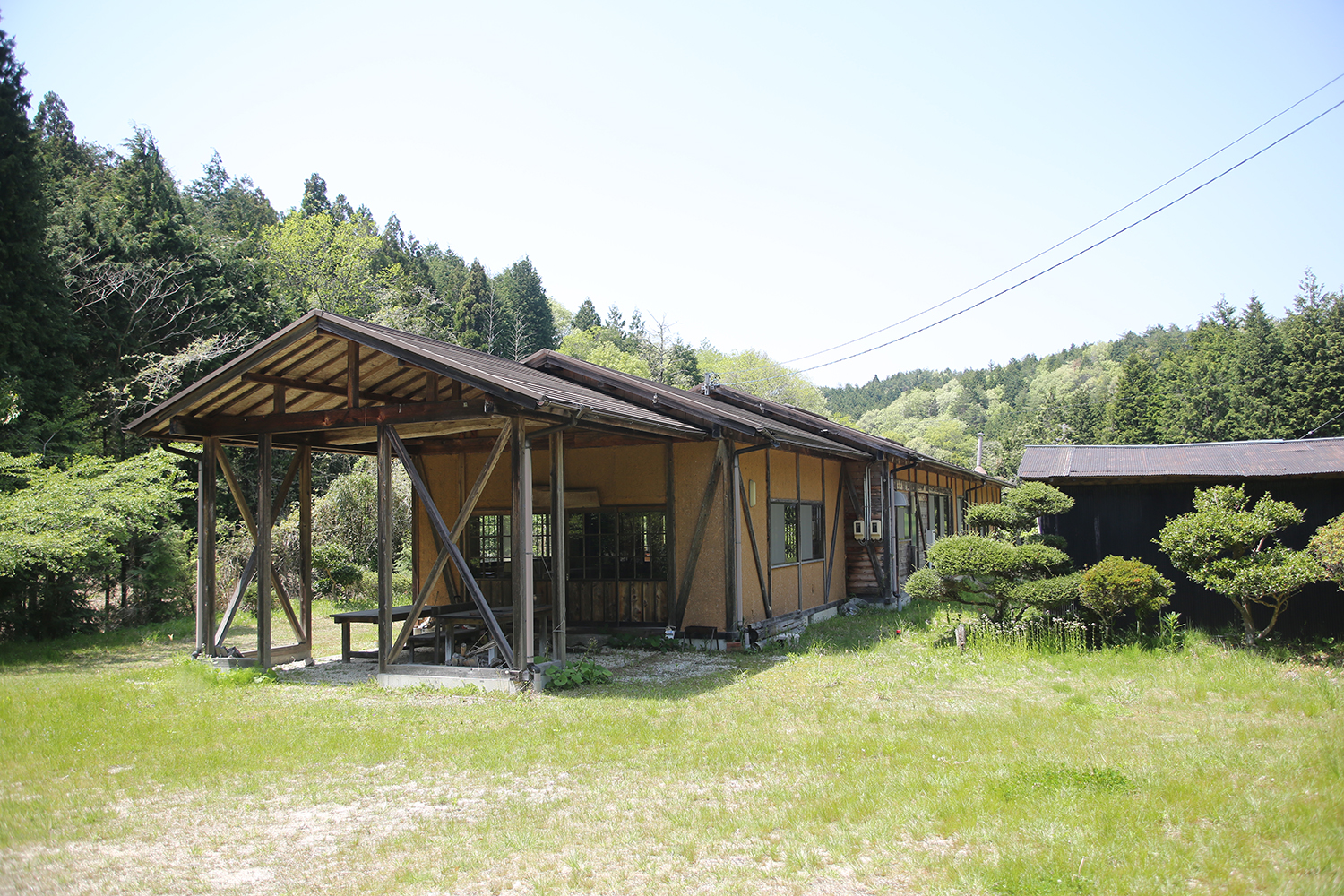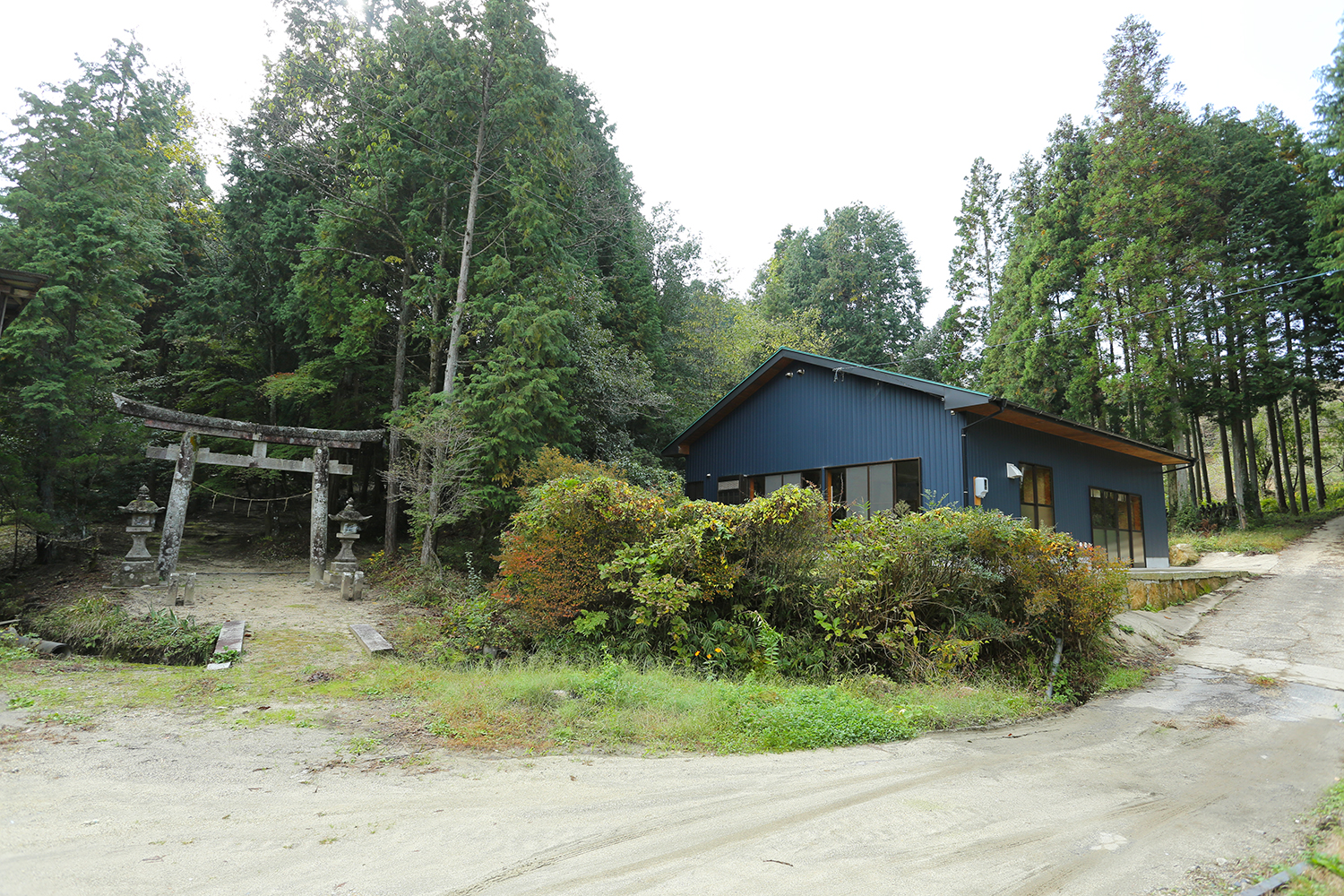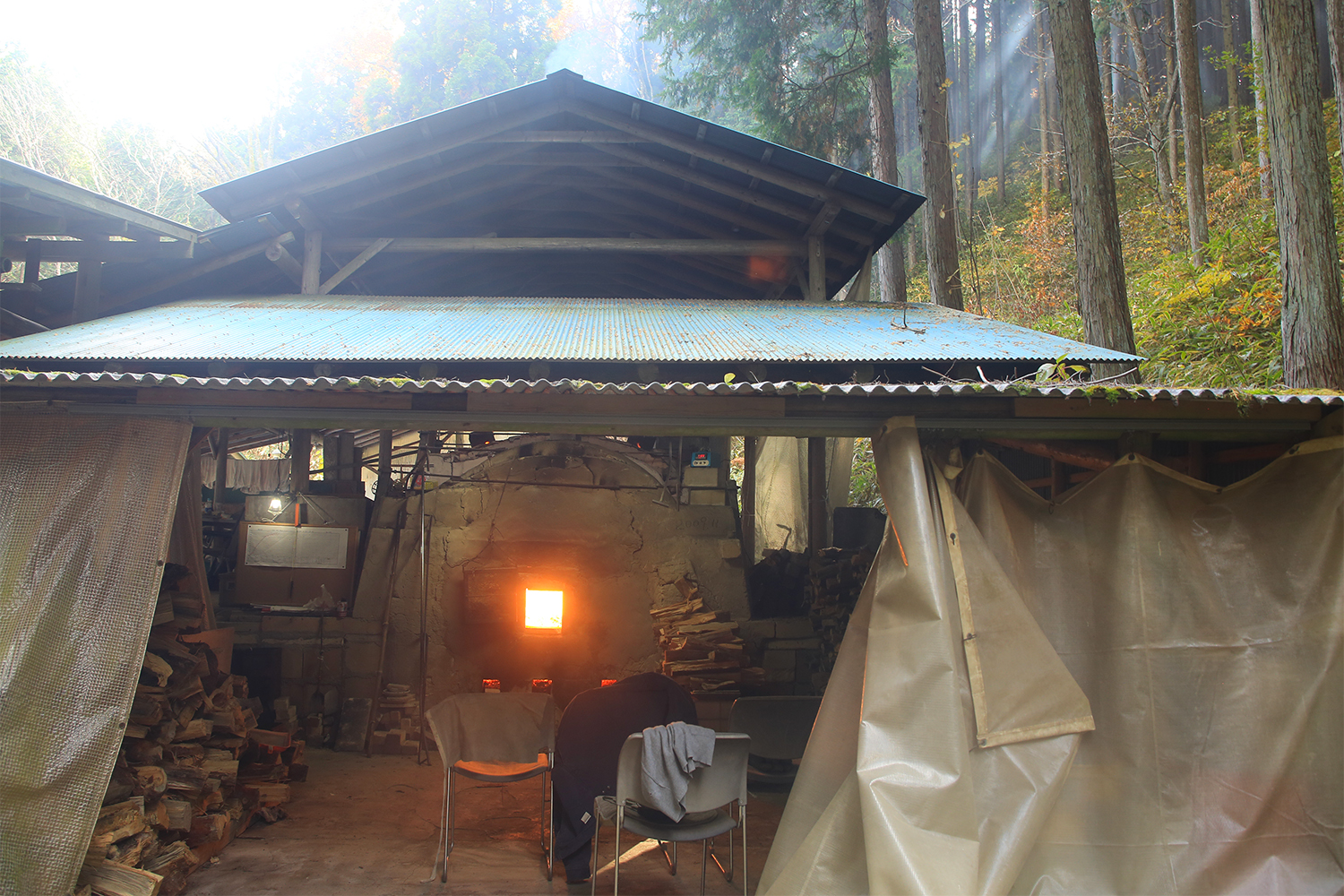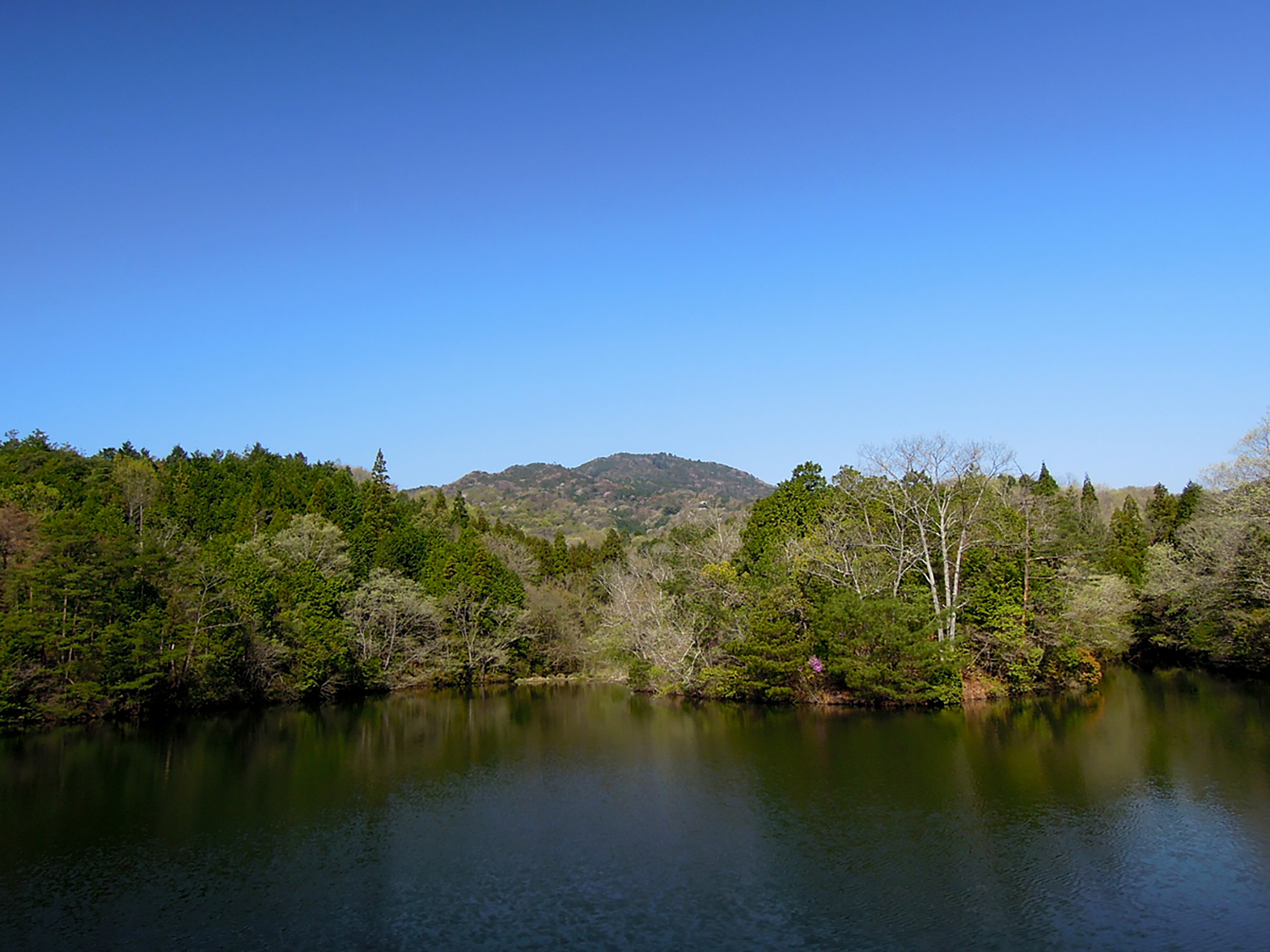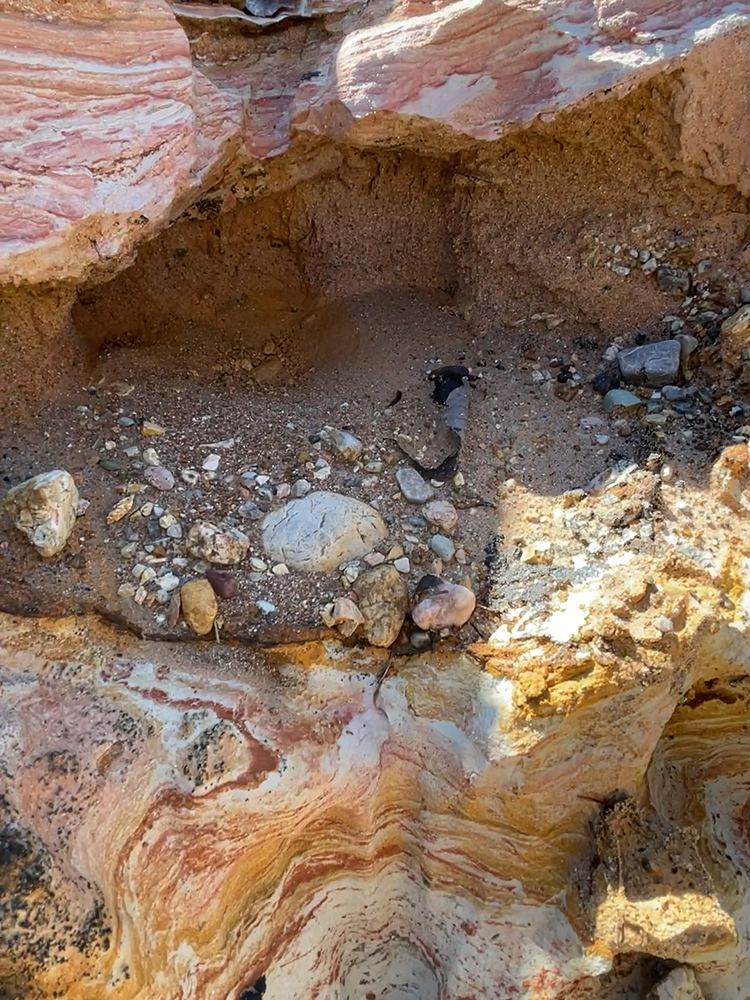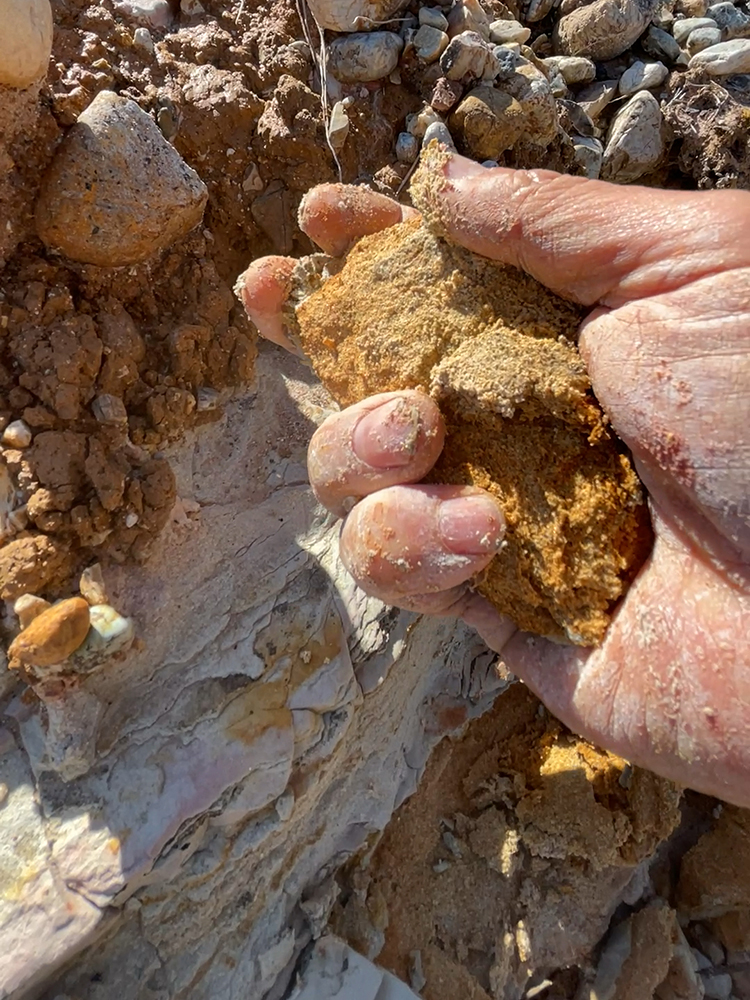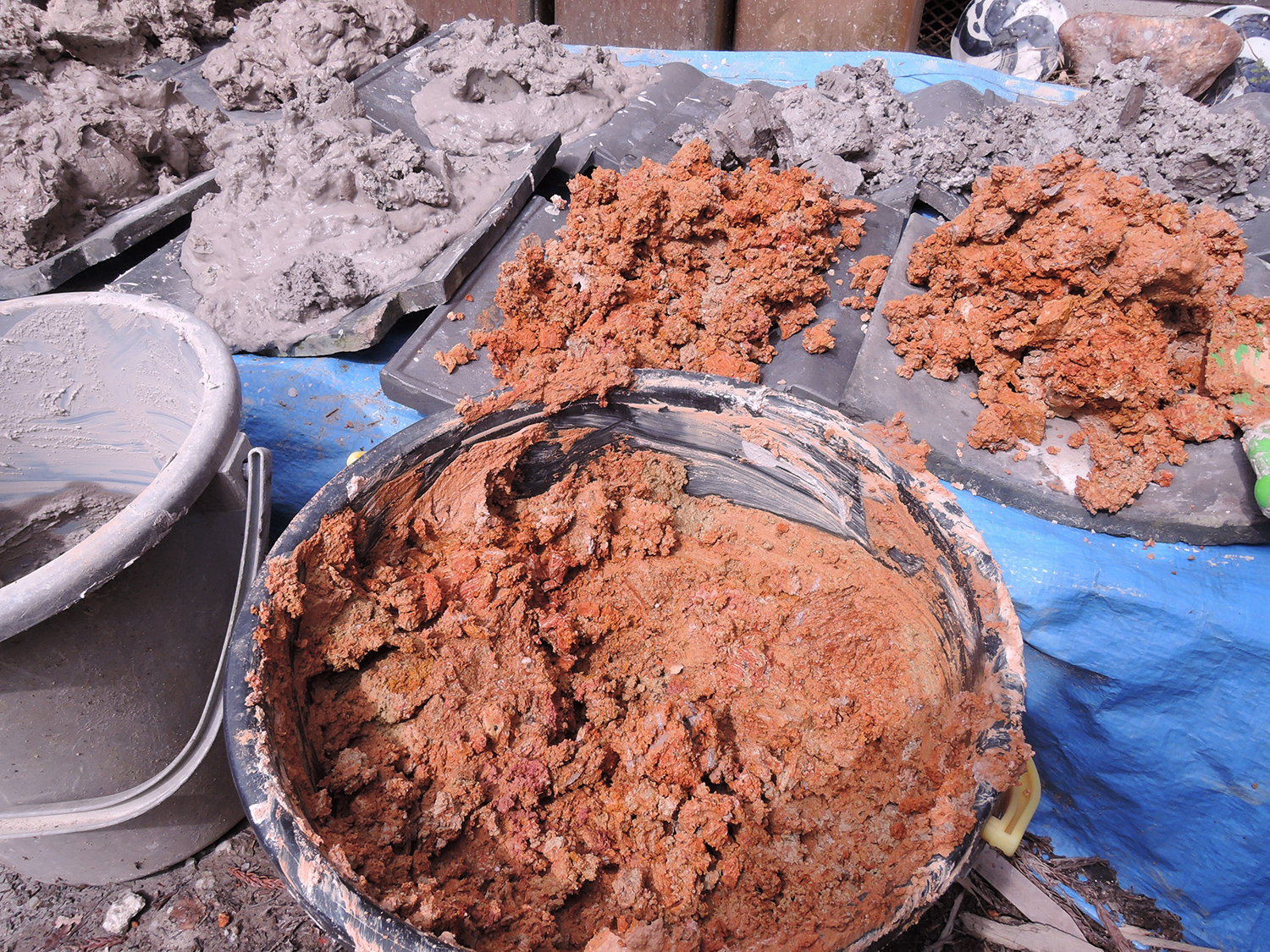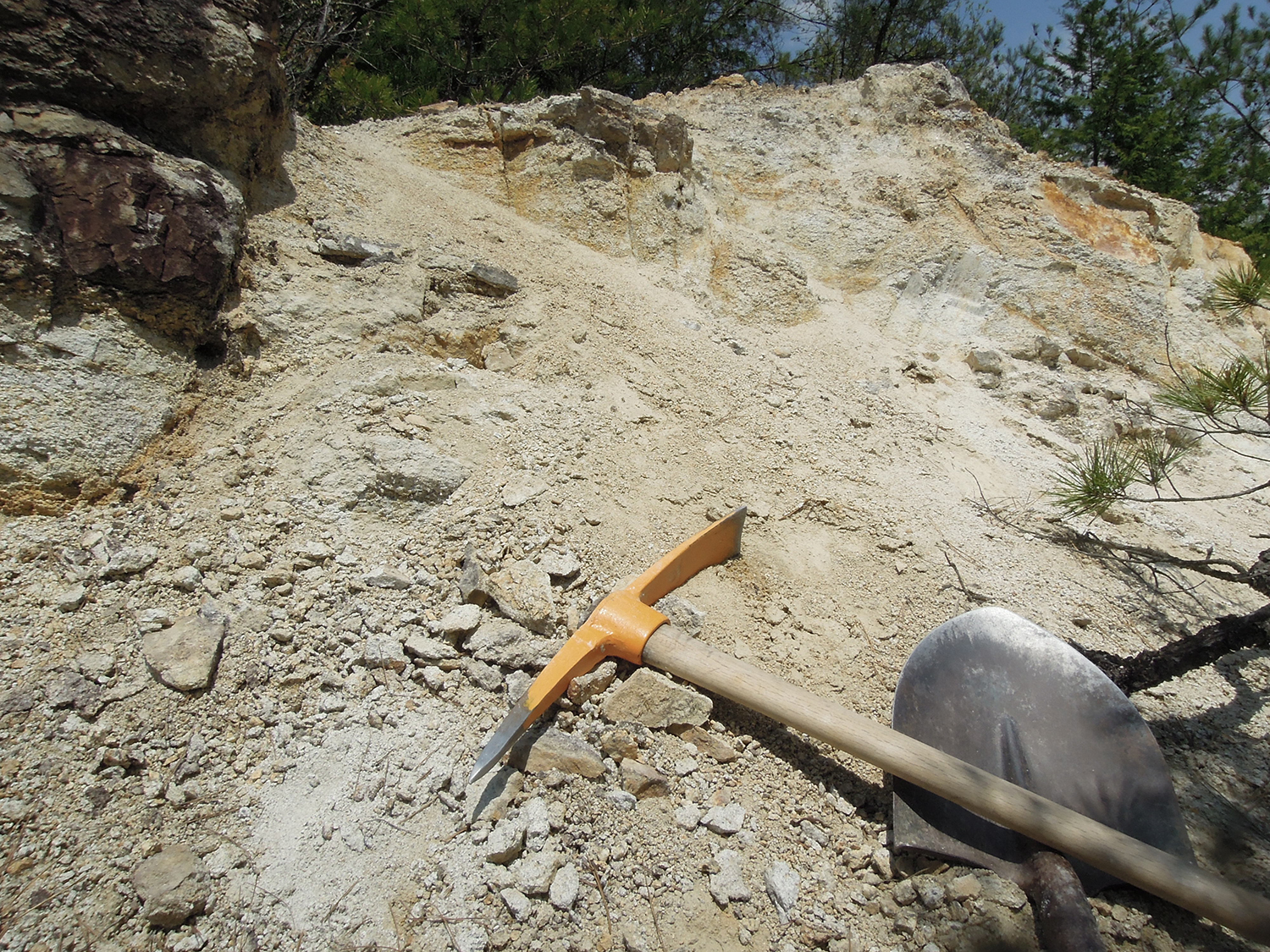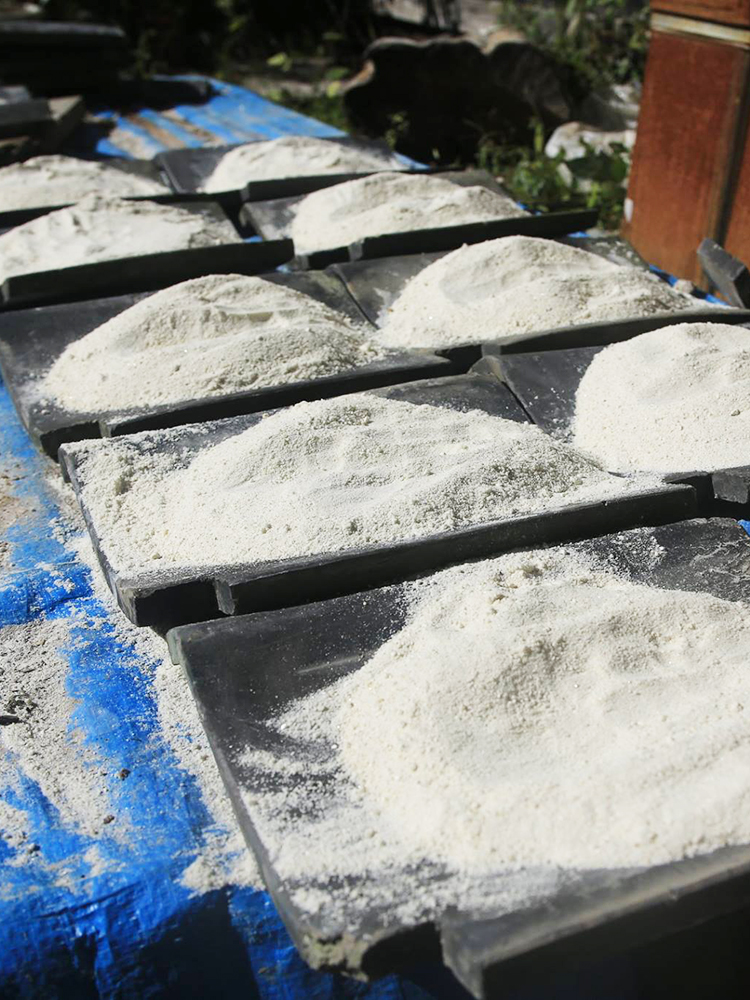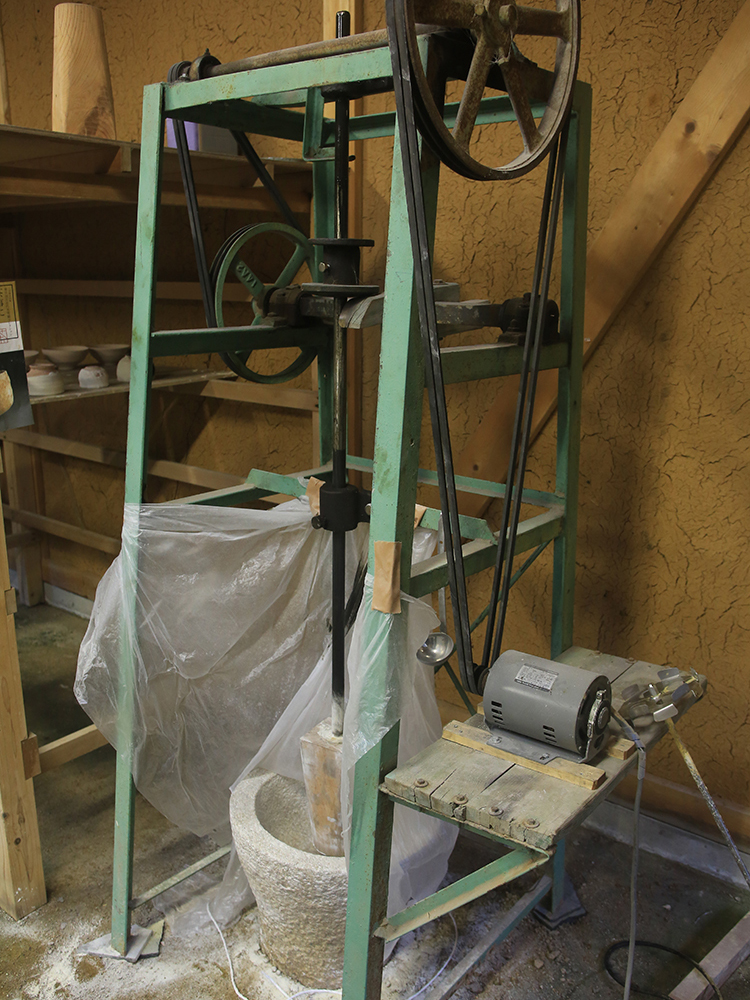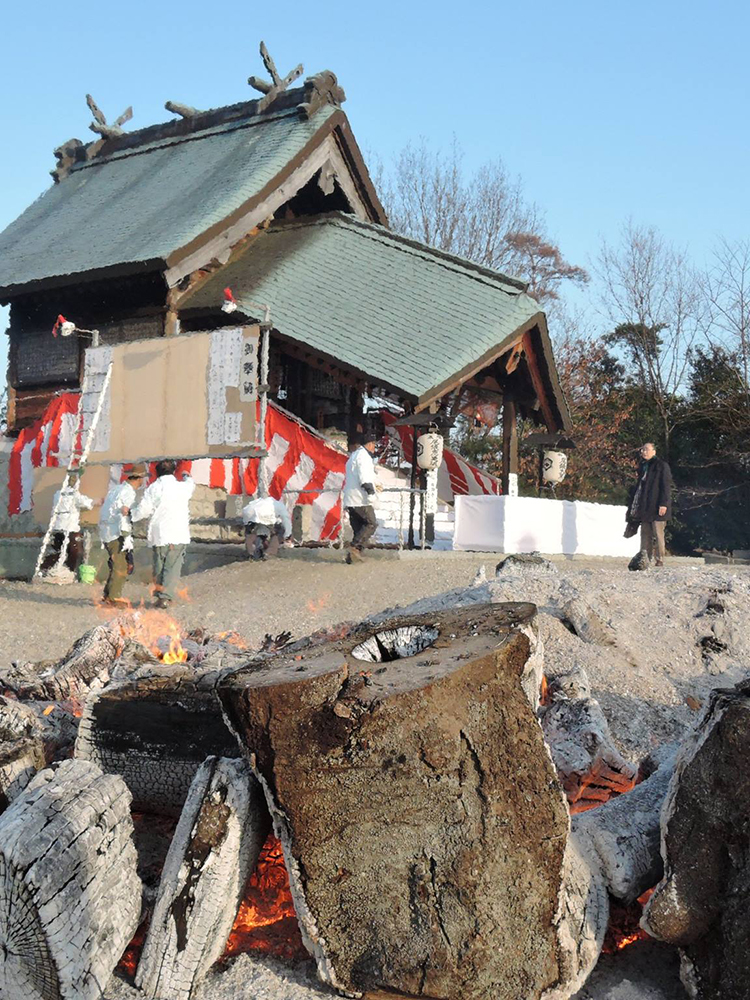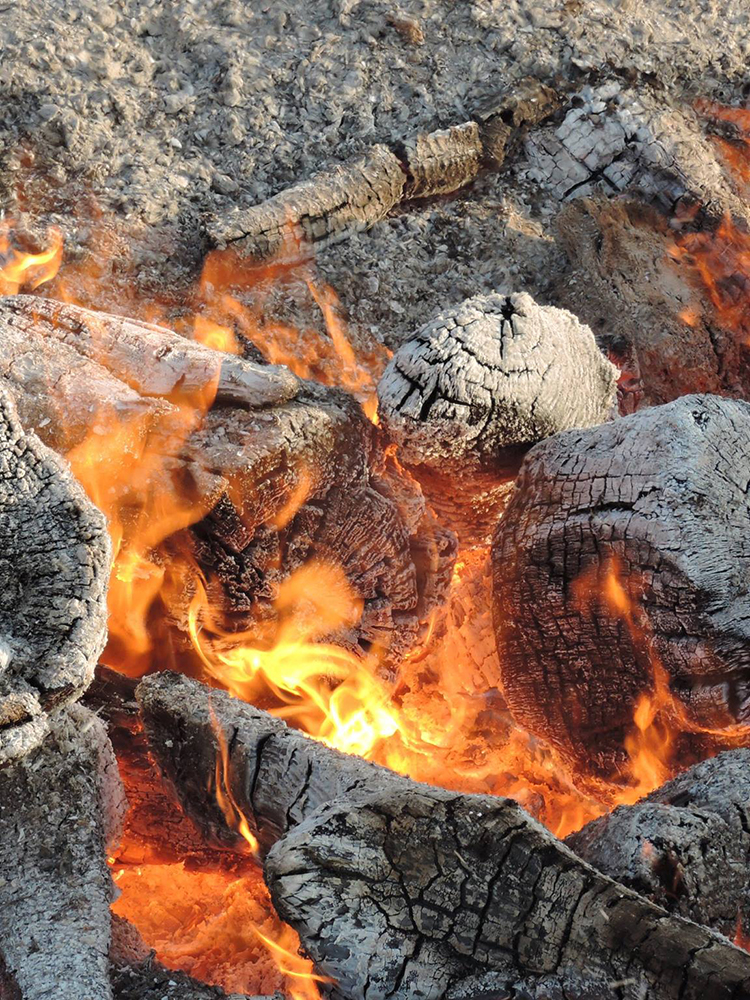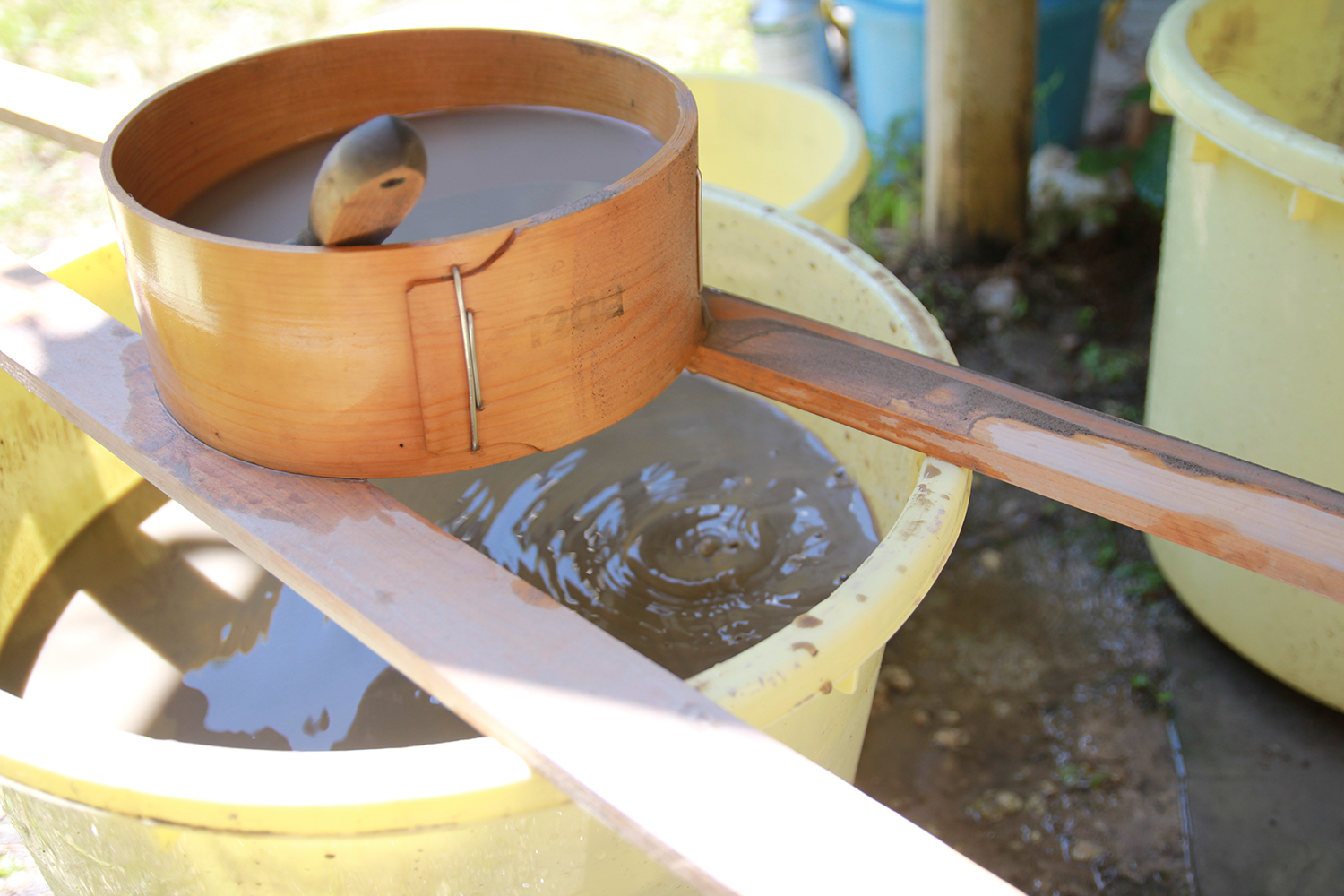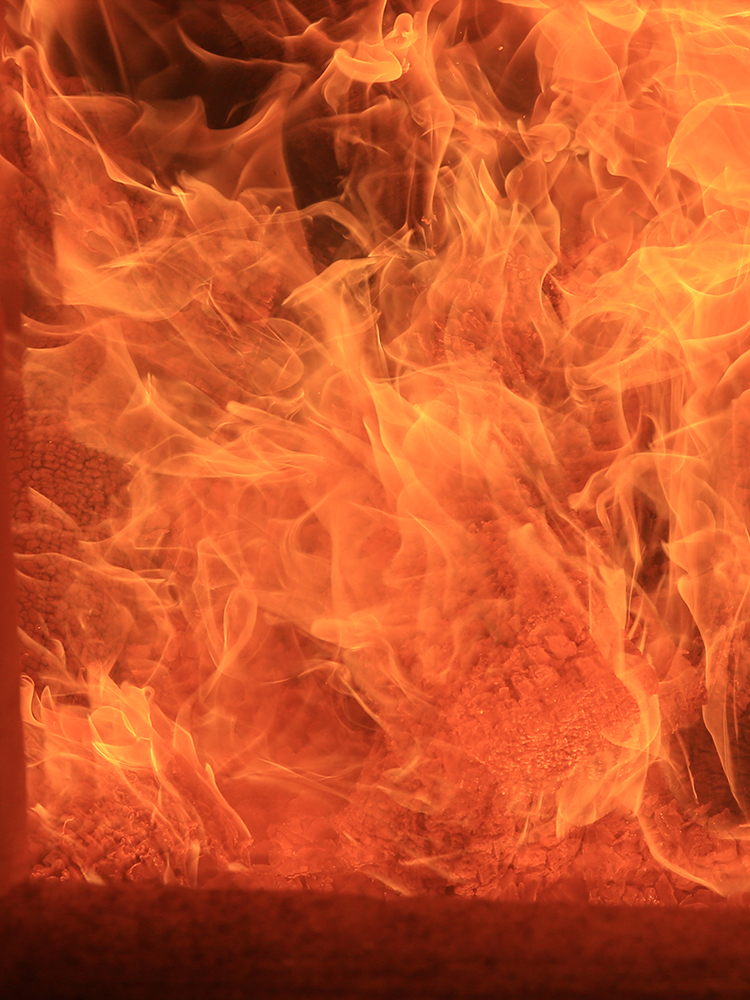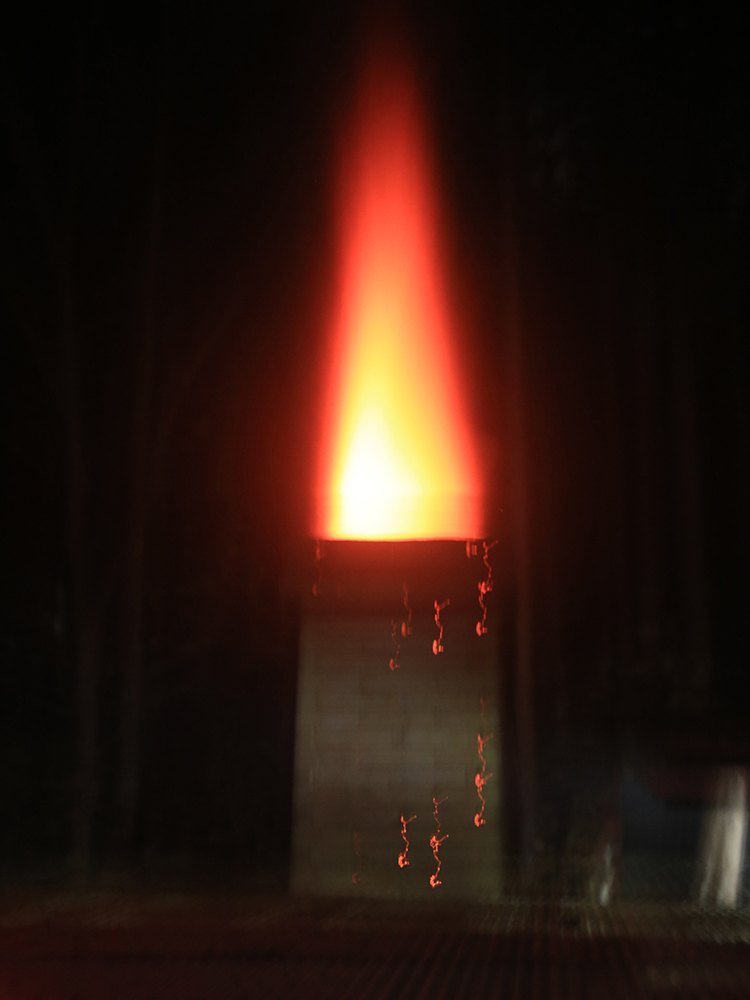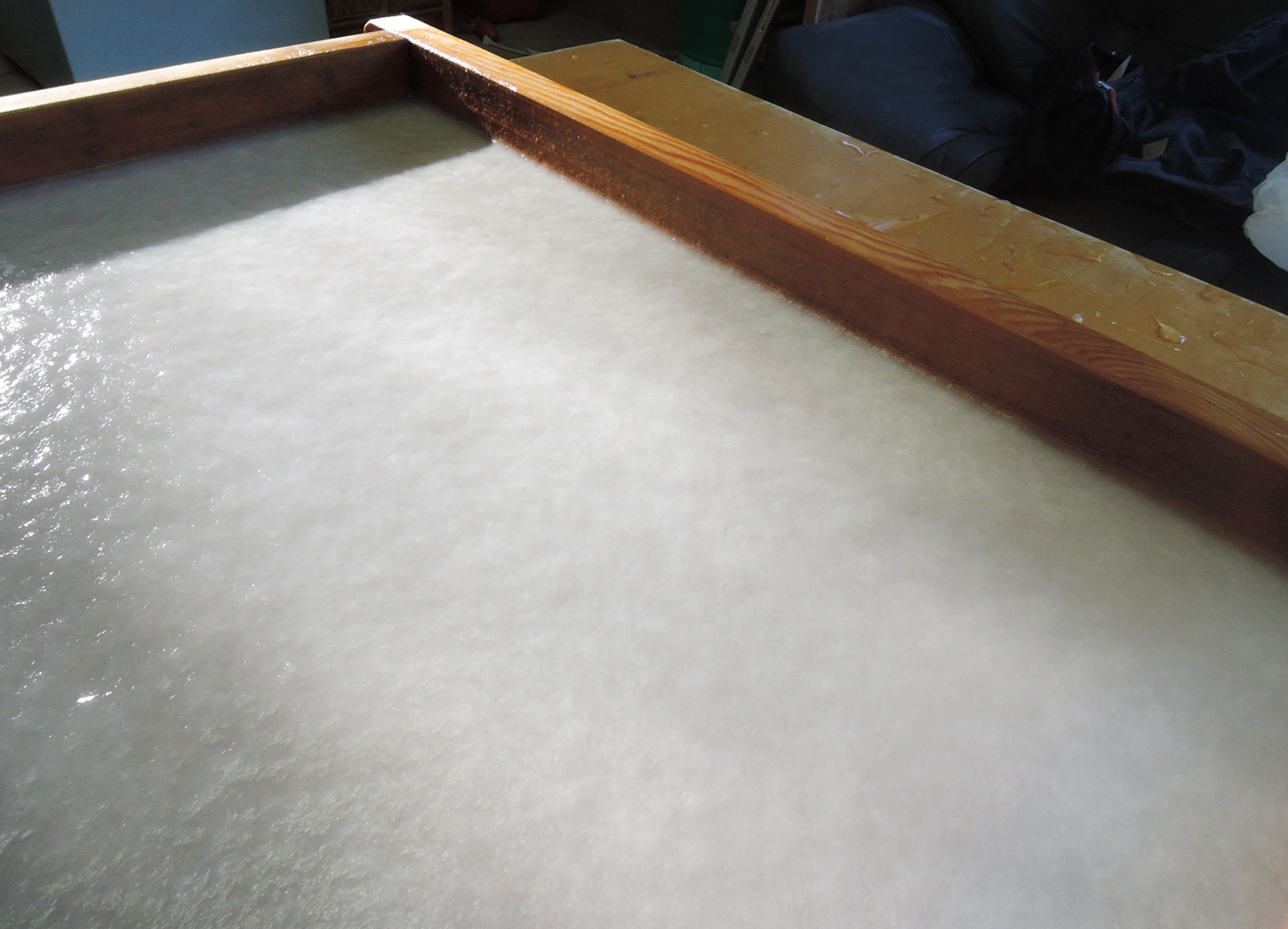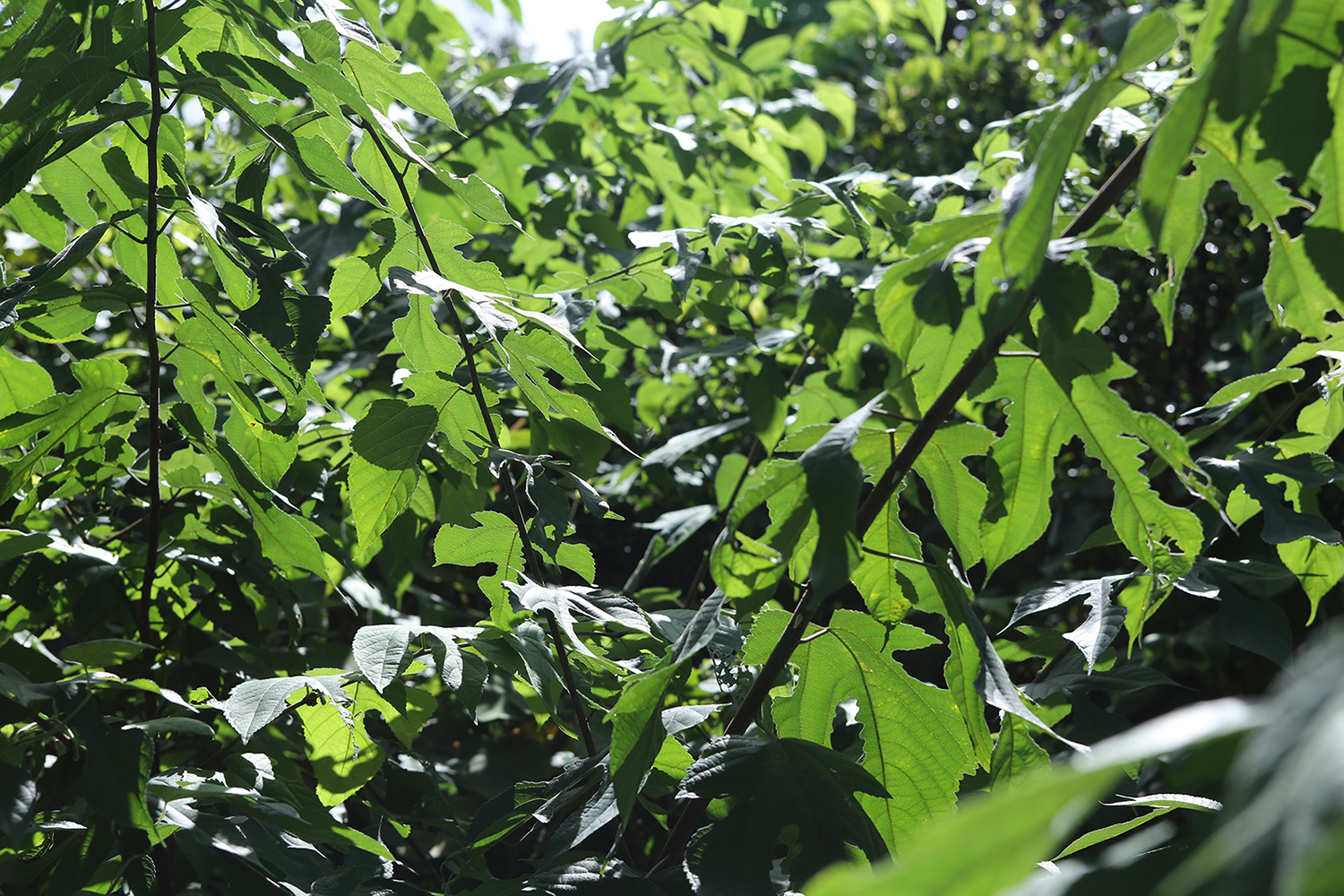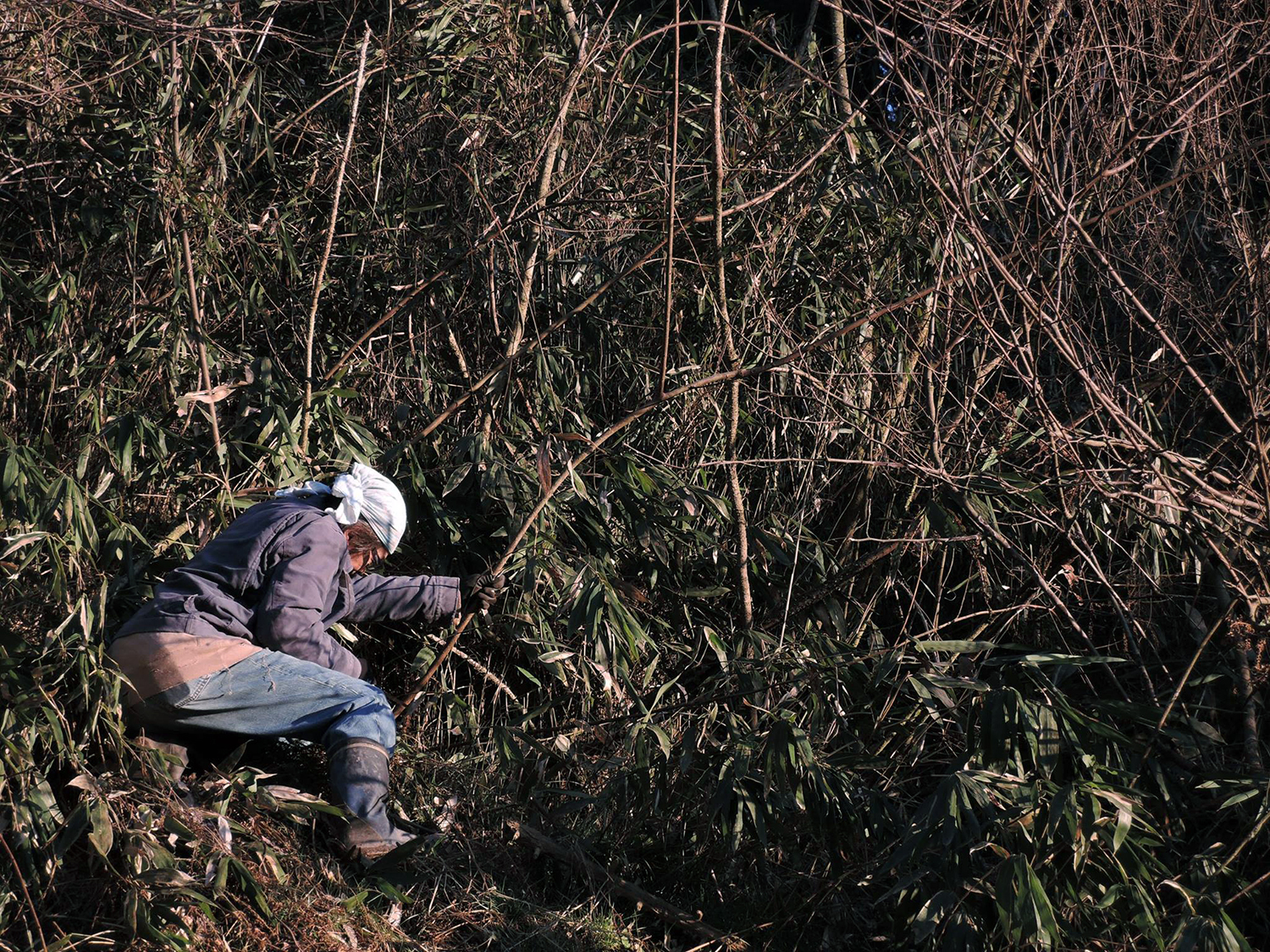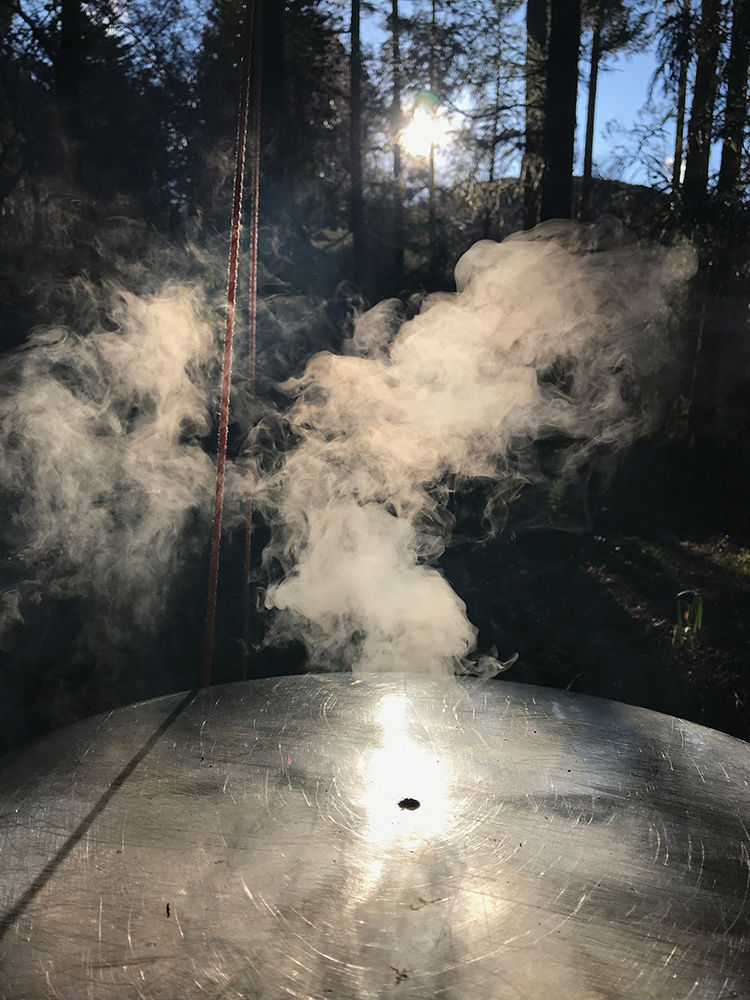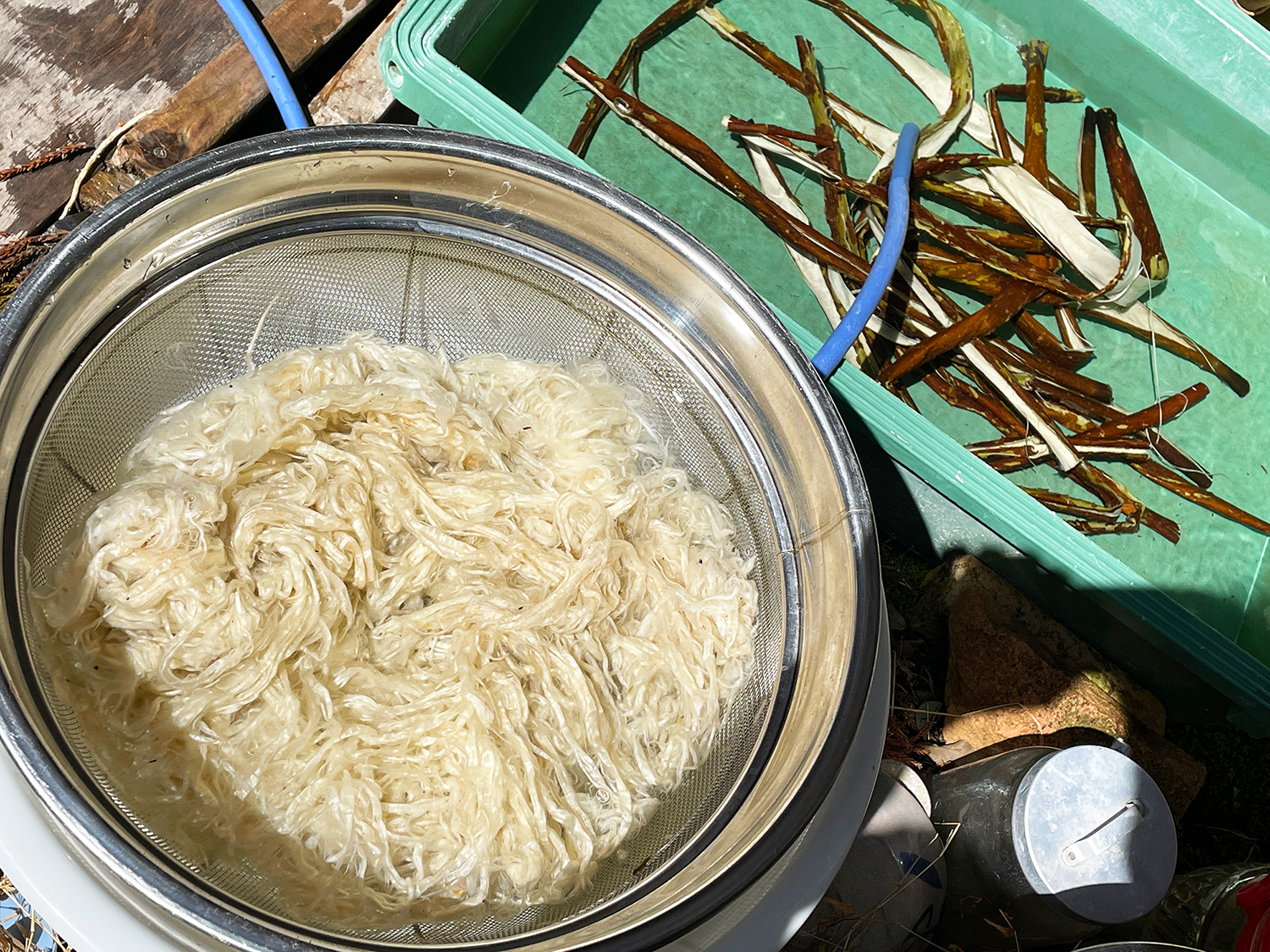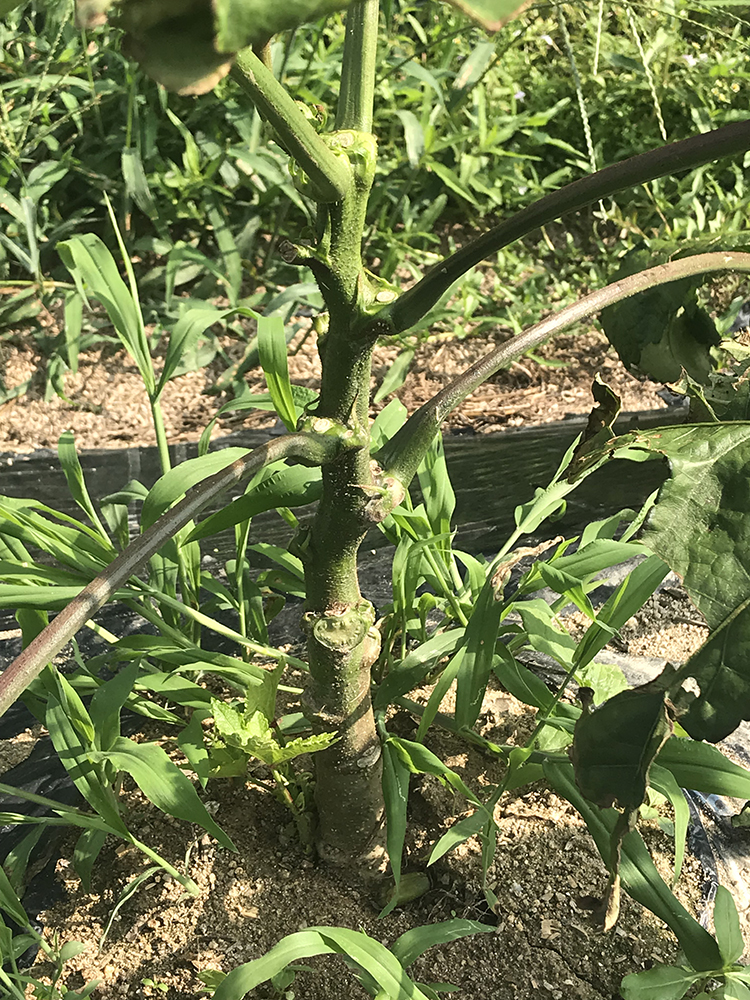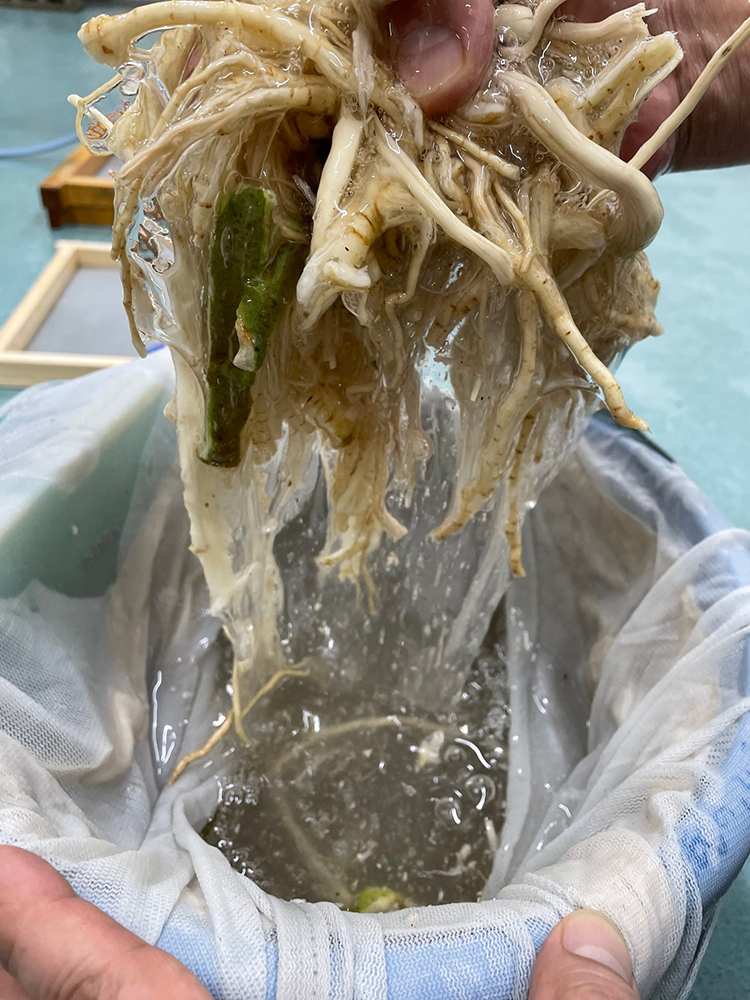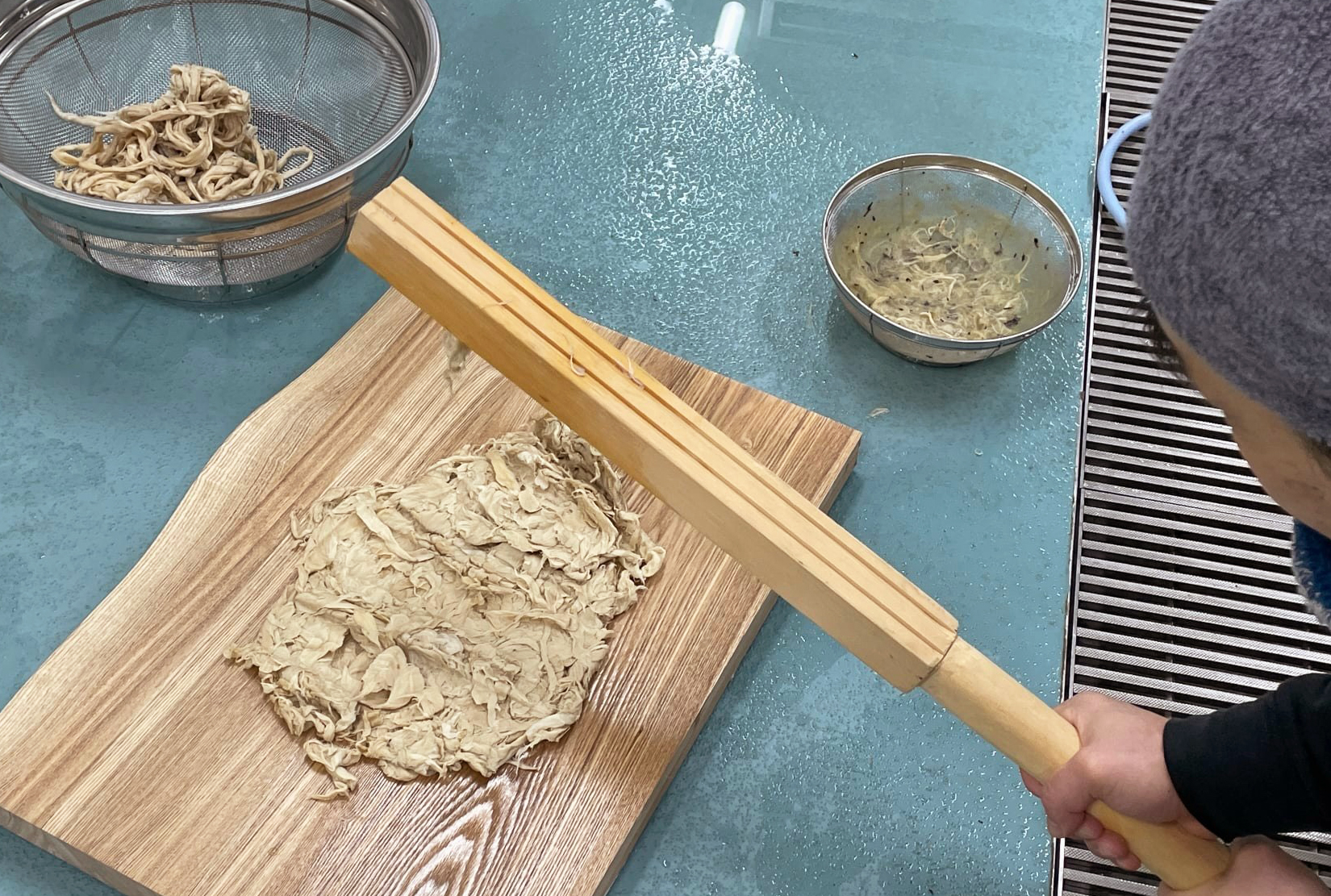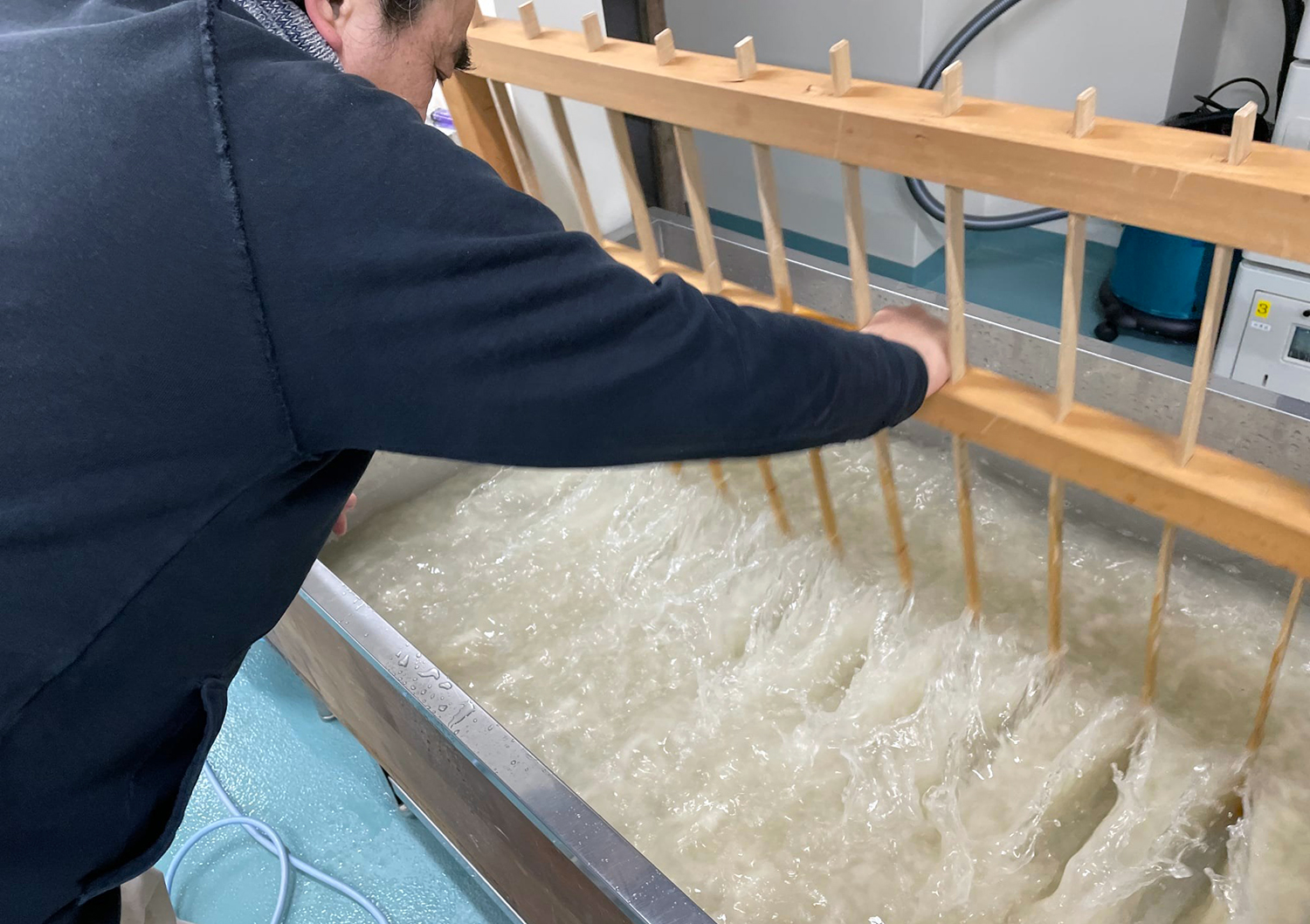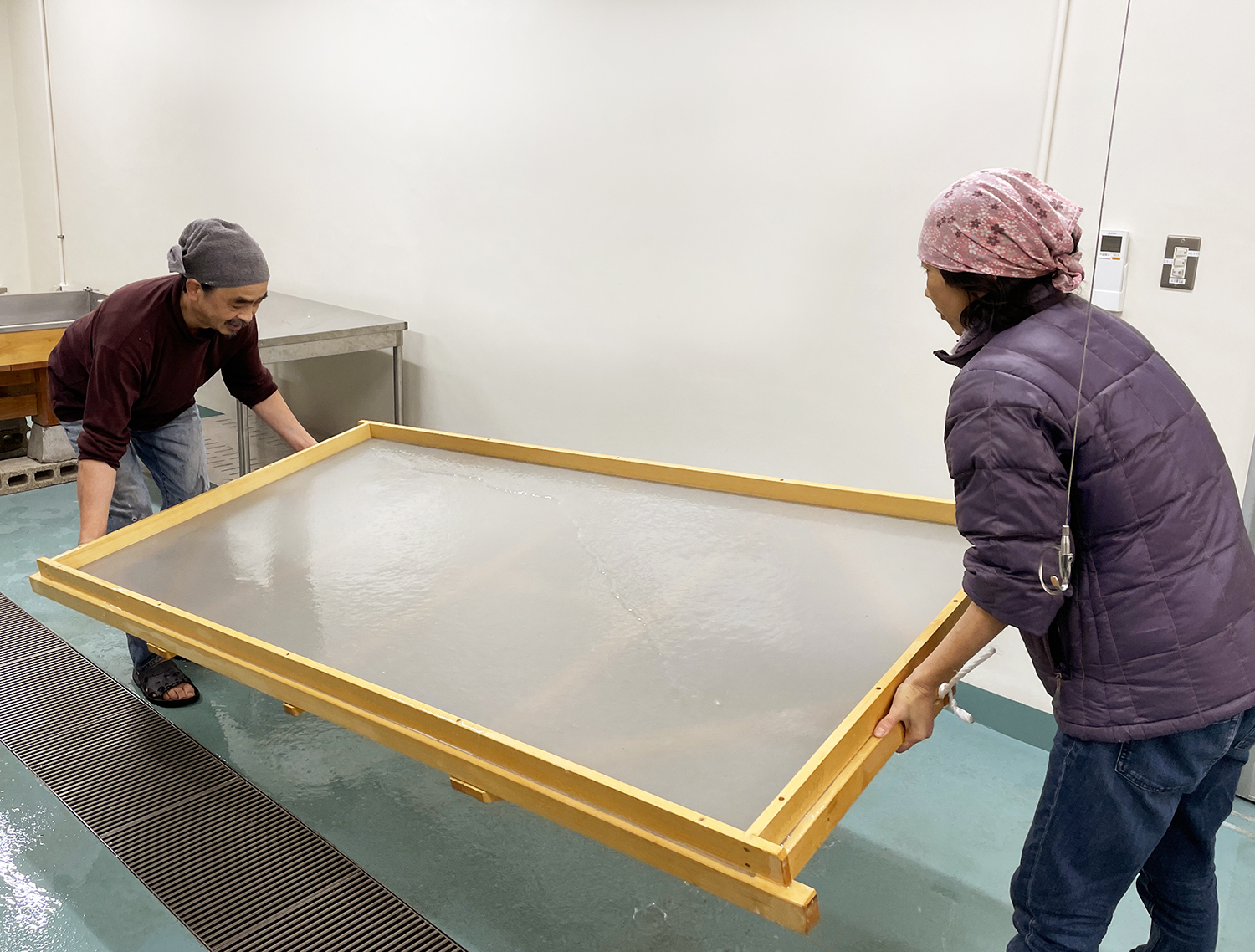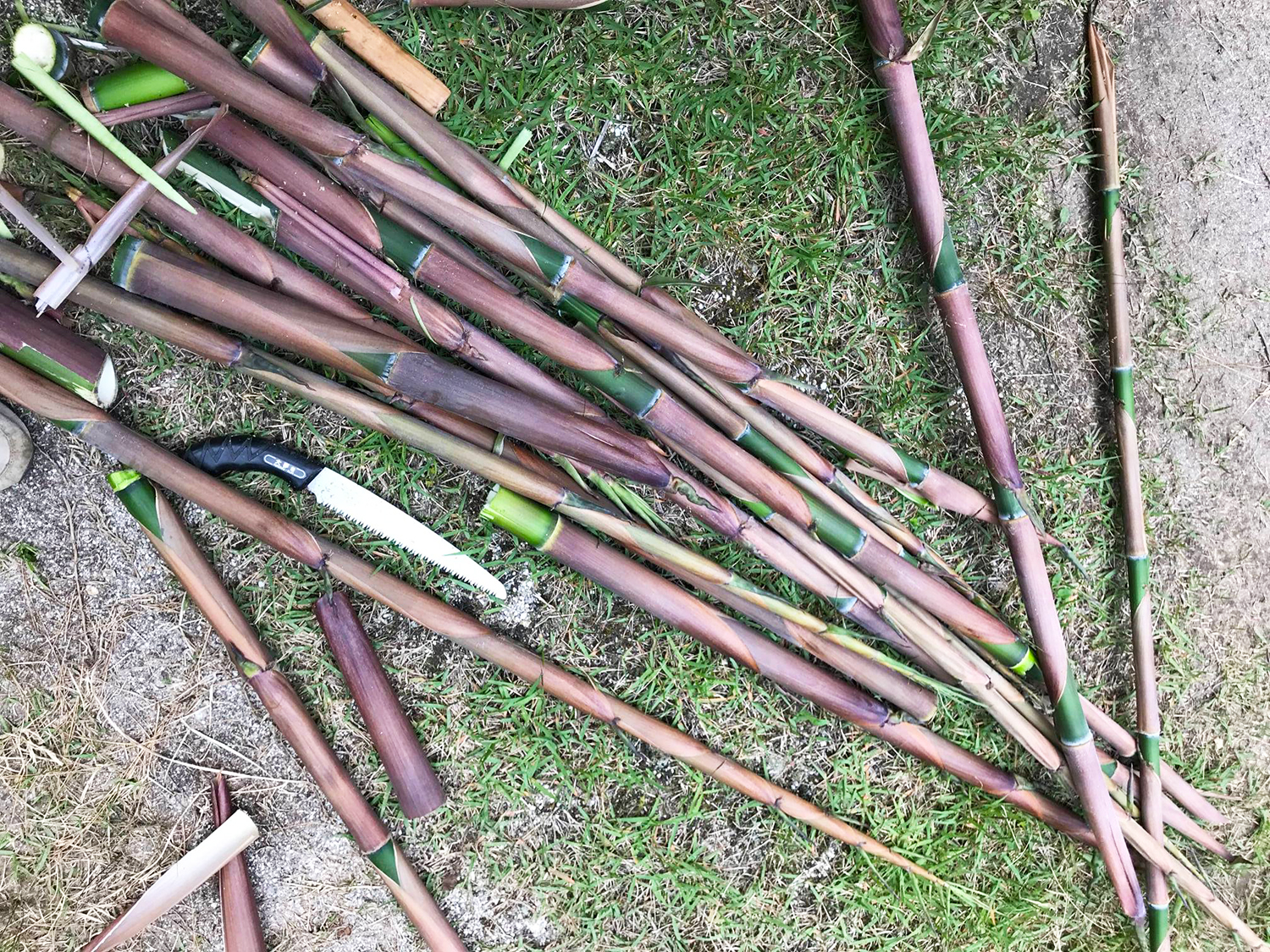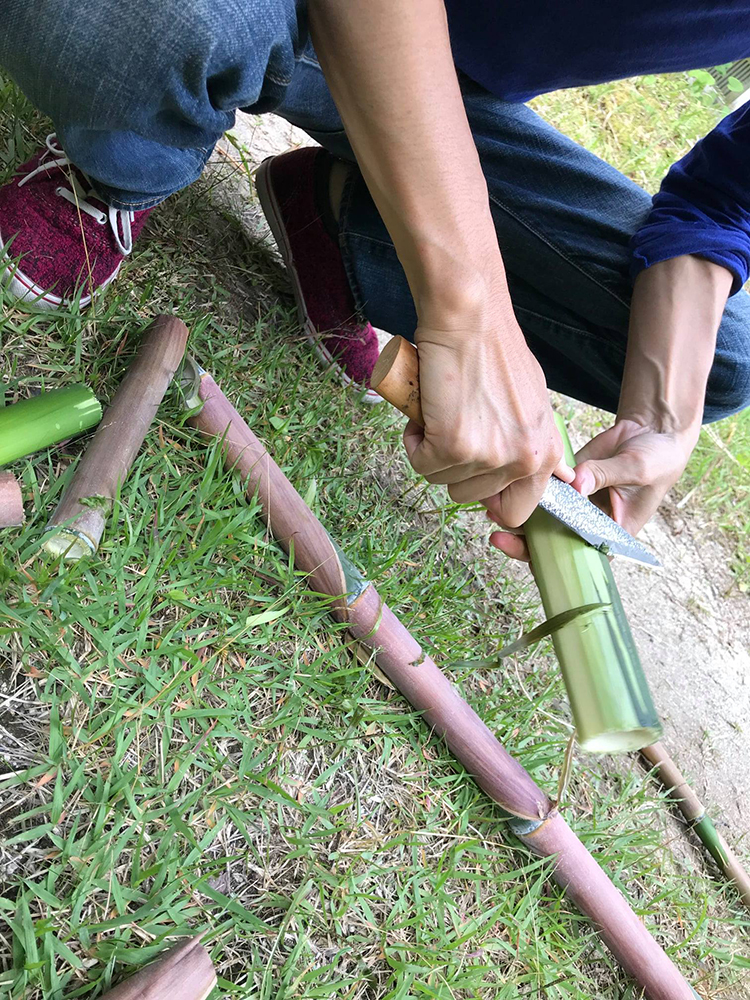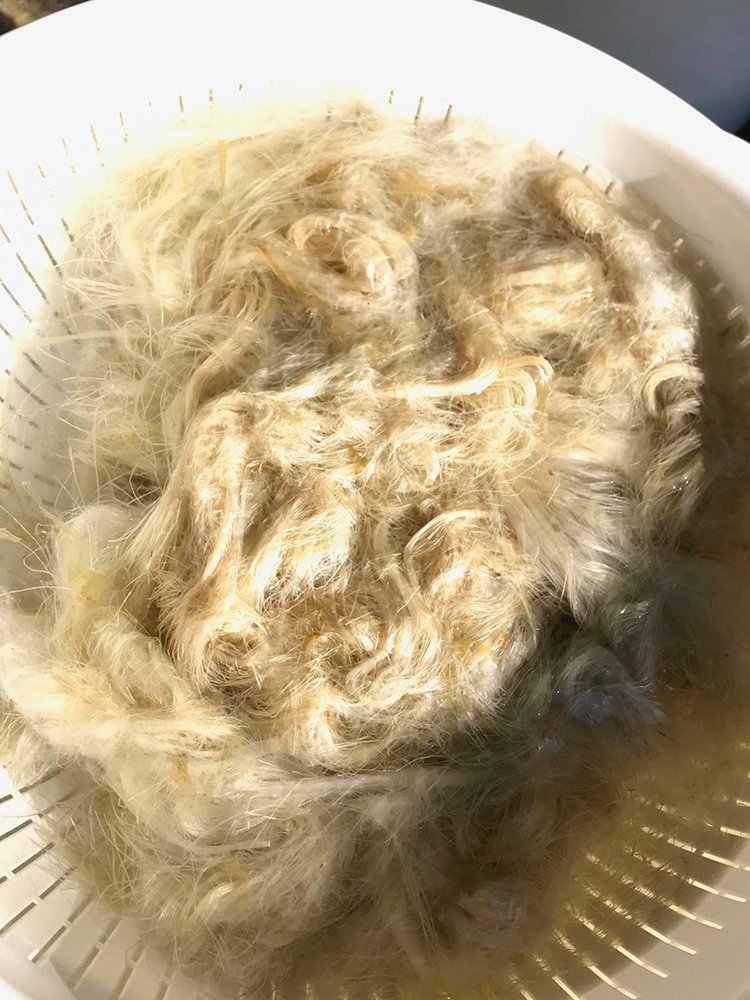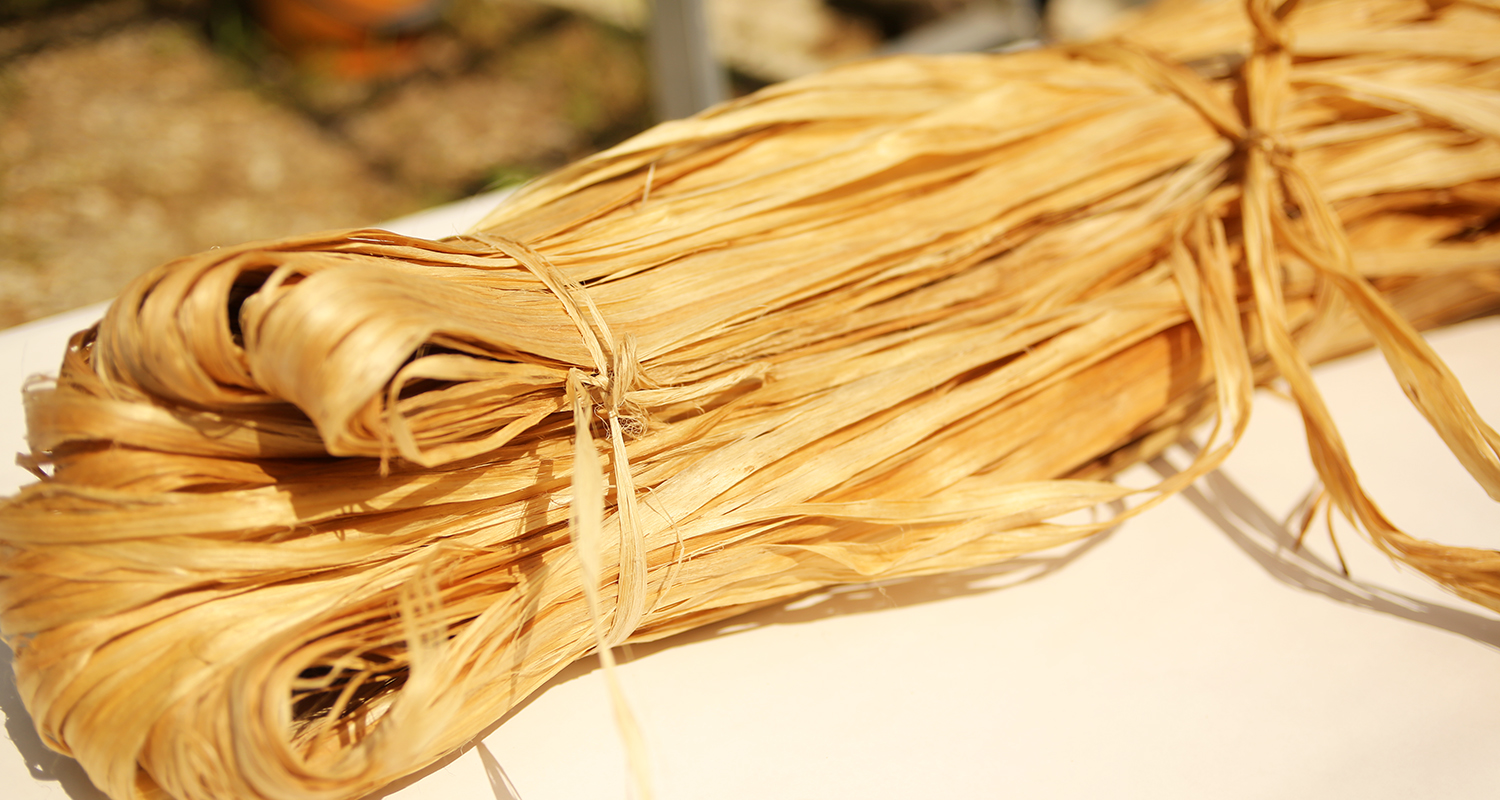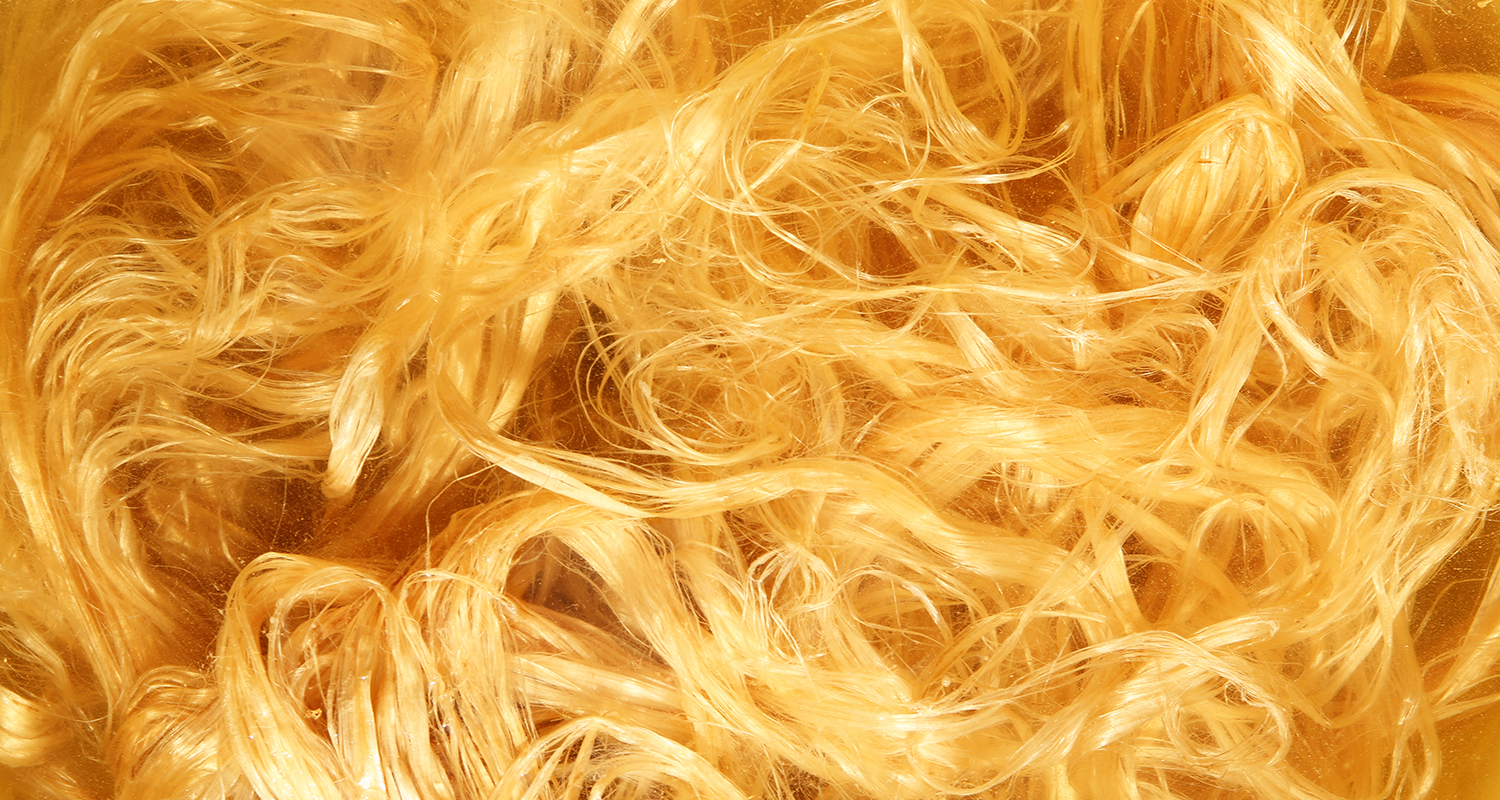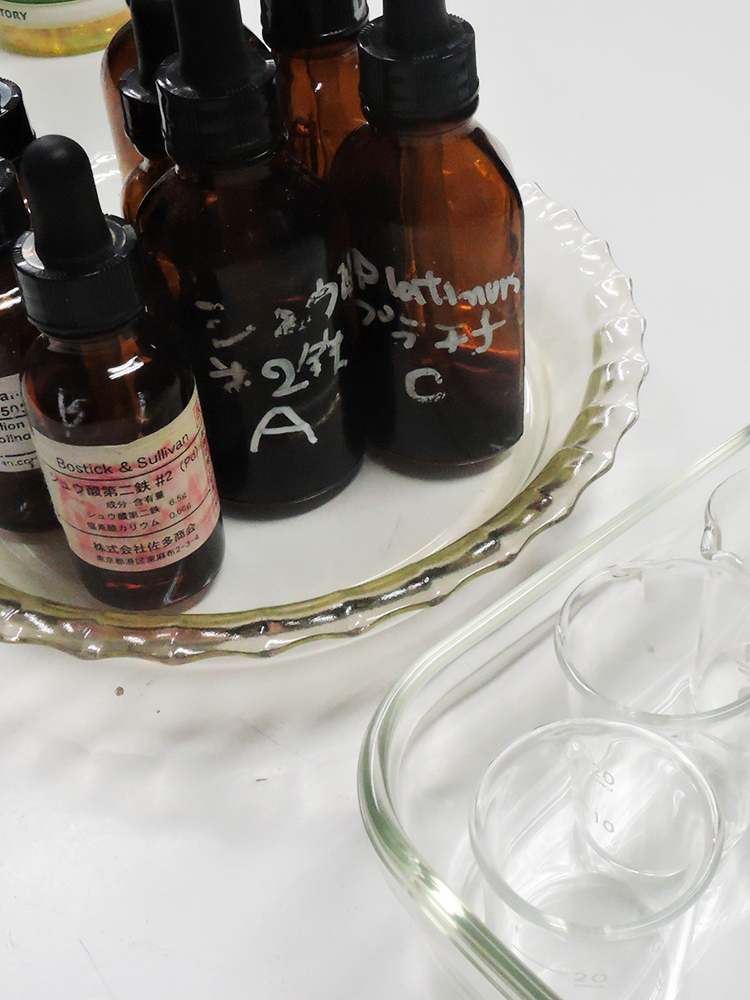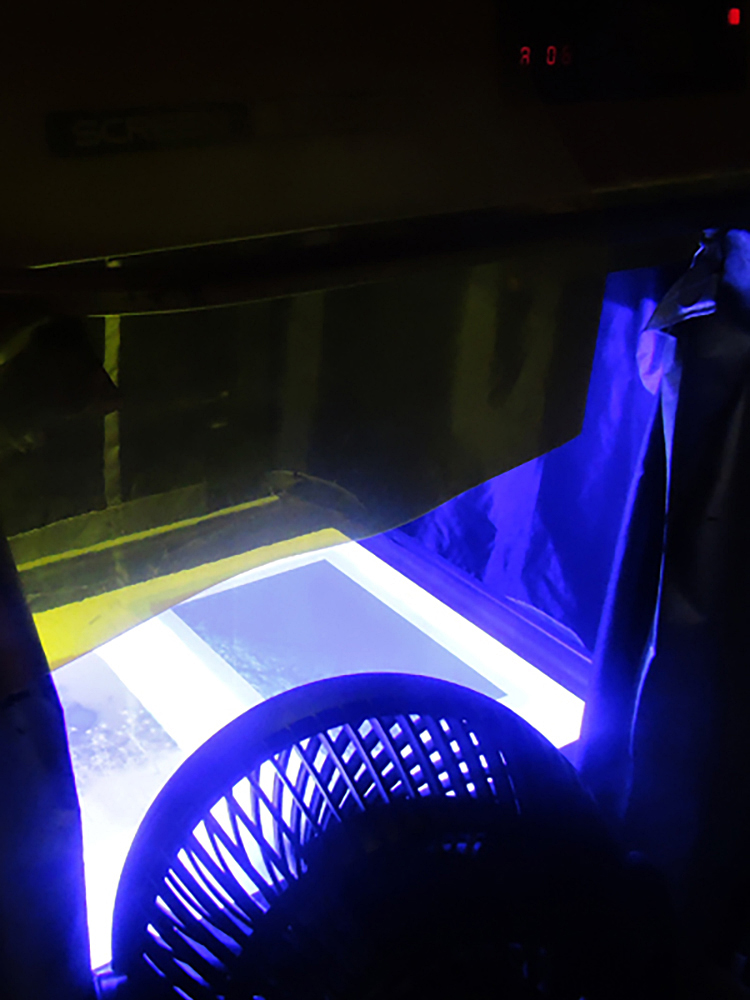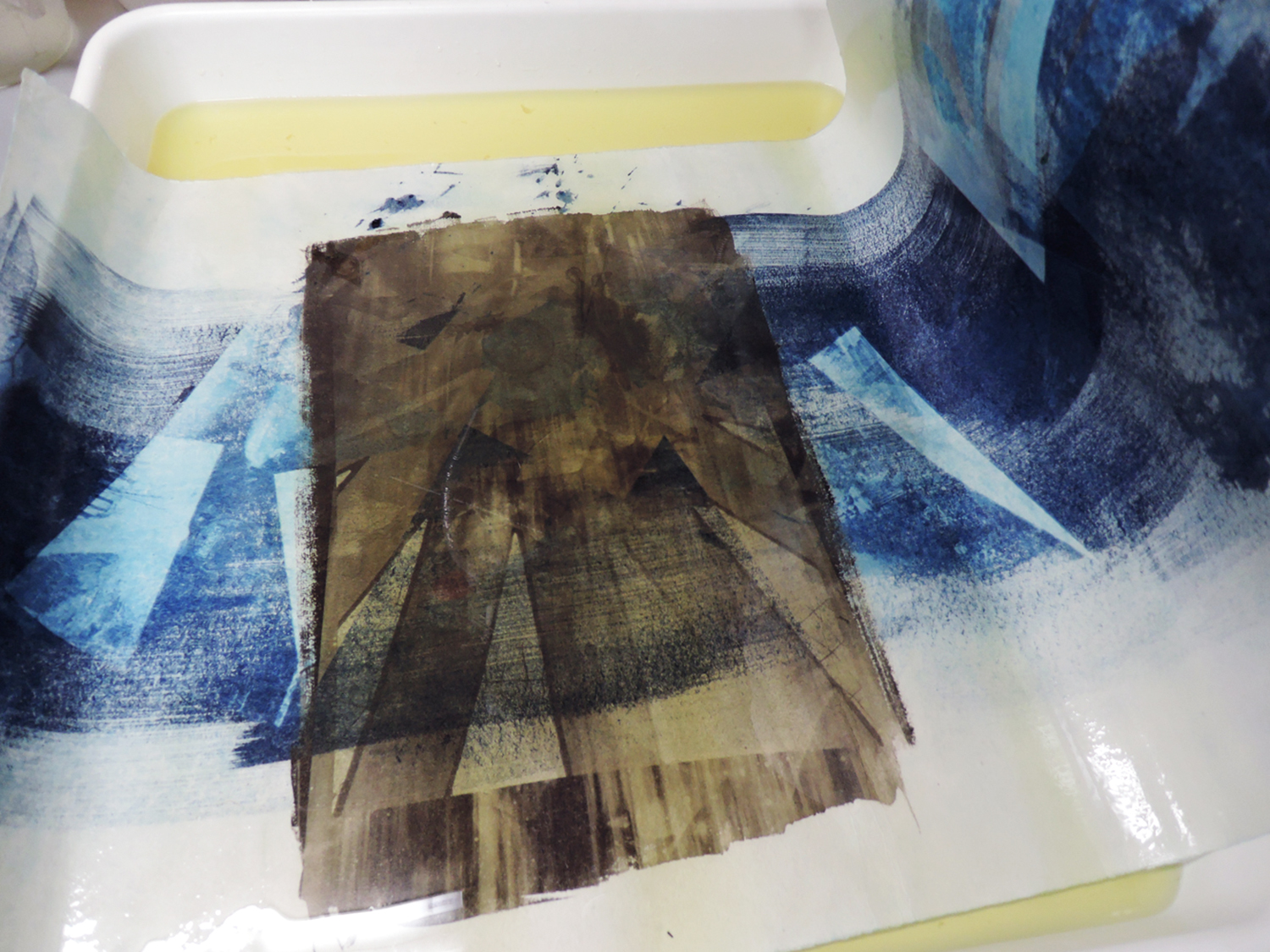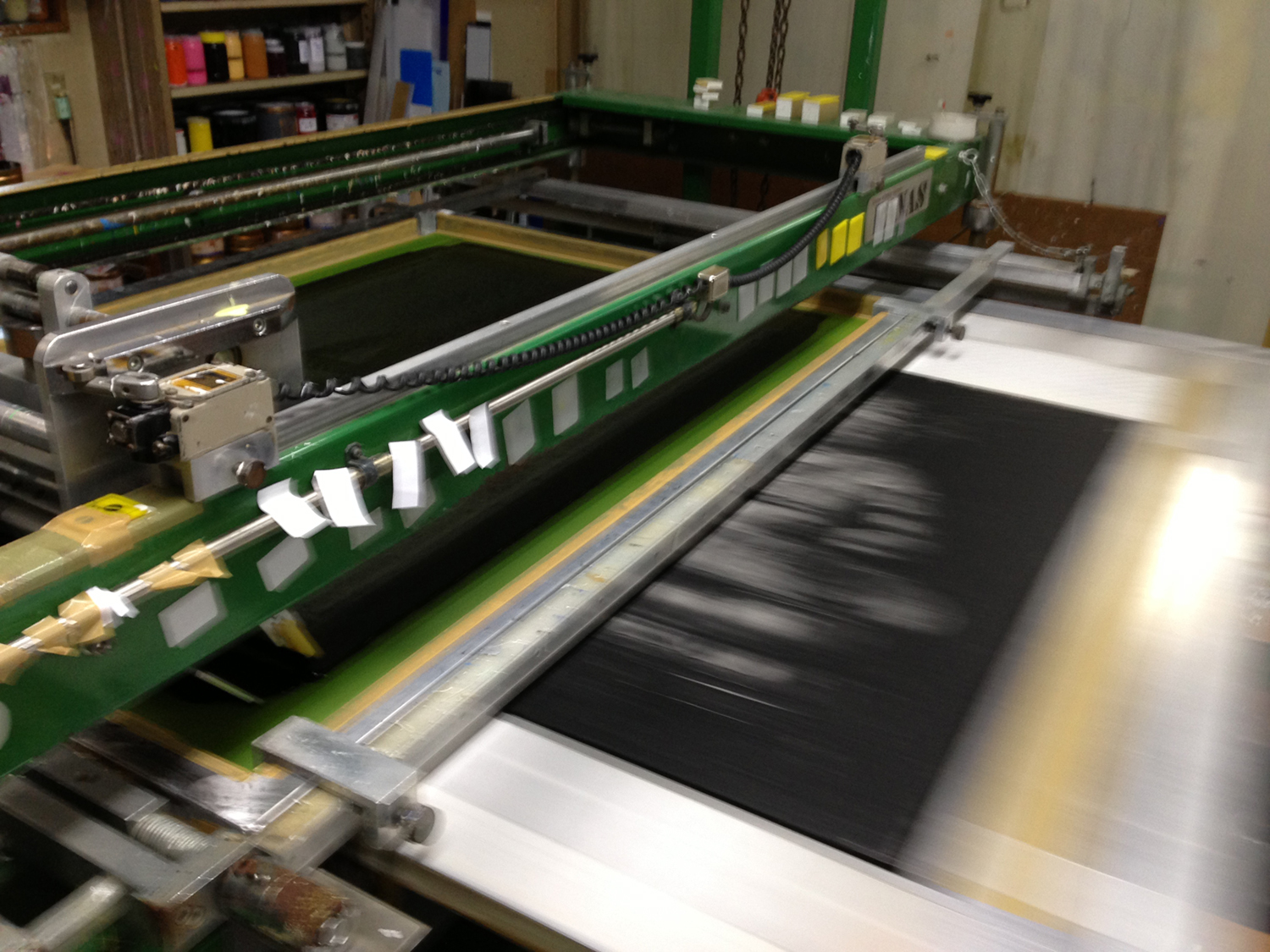Our Background
In the mountains of Aichi Prefecture, where our studio is located, there is an abundance of high-quality pottery clay, paper materials, plant dyes, and other materials necessary for making things, and many works of art have been produced here since ancient times.
We live here in the vastness of nature and make things by directly touching the soil, stones, and plants with our hands.
As I continue to live this way, I am reminded of the influence that forces that are not directly visible to the eye have on the visible world.
We embody these invisible forces in a form that can be captured visually.
It is not an abstraction, as if we were trying to give shape to a mental picture we have in our minds, but an expression that embodies a world beyond the phenomenal world with clear shapes and contours.
Today, in the fields of physics and mathematics, the existence of a space-time beyond the previously recognized dimensions is being proven.
The intention of the works we create is to induce a new vision of the future into the consciousness of the viewer through the works.
Toyota City is home to the largest forest in the prefecture and an automobile manufacturing plant that uses the most advanced technology. In addition to the main workshop, we have pottery and papermaking workshops, as well as a farm on a 1 hectare plot of land, and while we still value the traditional Japanese mountain village lifestyle, we respect the techniques and wisdom of our ancestors and are not afraid to incorporate new techniques into our expression. While respecting the techniques and wisdom cultivated by our ancestors, we continue to create new works of art for the modern age without hesitation.
Artist unit-NAGI
